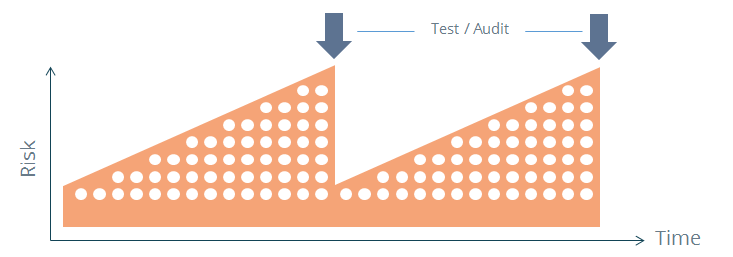Data Center Infrastructure
For many years, the proper functioning of IT systems has been critical to the operation of most enterprises.
Securing data and the continuity of processing can be a matter of to be or not to be for a company. In fact, everyone – even for their private data – has more or less advanced backup solutions, most companies use high-availability solutions, and more and more organizations decide to invest in full protection of their infrastructure by implementing a backup center and Disaster Recovery policy.
Despite this, we still hear about failures and outages of critical systems, companies report losses in the millions, and huge investments in Disaster Recovery prove ineffective.
The reason for this state of affairs is often the lack of regular testing of implemented solutions. Often such a solution is tested after implementation, and then there is no time and resources to conduct regular tests.
Unfortunately – from the moment of implementation a process begins that can be called „configuration drift”. Subsequent projects, expansions, upgrades, and any other changes in the configuration can cause inconsistencies in the configuration, which can accumulate over time, resulting in problems during the actual switchover of centers.

The solution is Continuity Software Availability Guard. This system continuously analyzes the configuration of the Disaster Recovery solution components and detects any irregularities as soon as they occur, as well as indicates the risks associated with them and recommends how to solve the problem.

Thanks to the built-in knowledge base, the system is able to identify more than 5000 different threats while scanning the infrastructure configuration.
For each detected problem, a ticket is created containing detailed information on the configuration, location in the topology and applications affected by the risk.
Implementation of the described solution brings the following benefits to the organization:
- Minimization of the risk of work interruption or data loss in case of failure
- Certainty that substantial resources invested in building a Disaster Recovery solution will bring the expected results
- Significant facilitation of configuration and change management (not only related to Disaster Recovery) thanks to the analytical engine and configuration data repository
- Excellent and continuously updated data source for inventory and CMDB systems